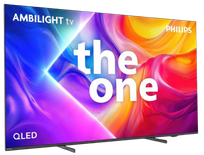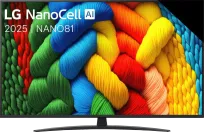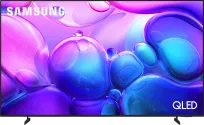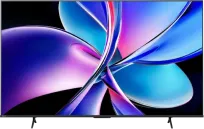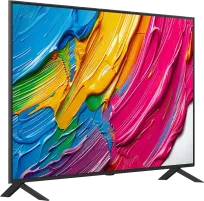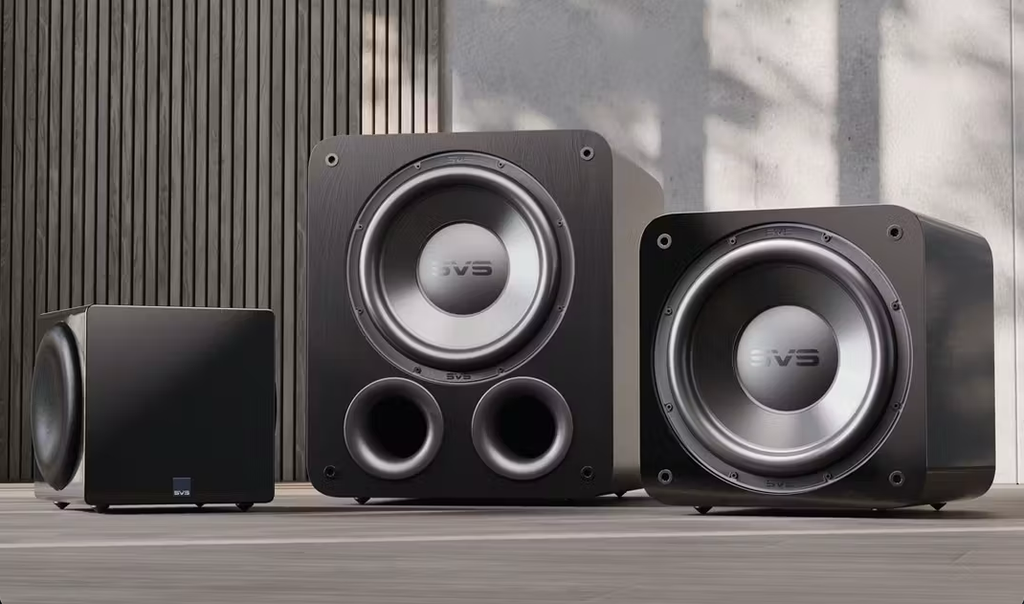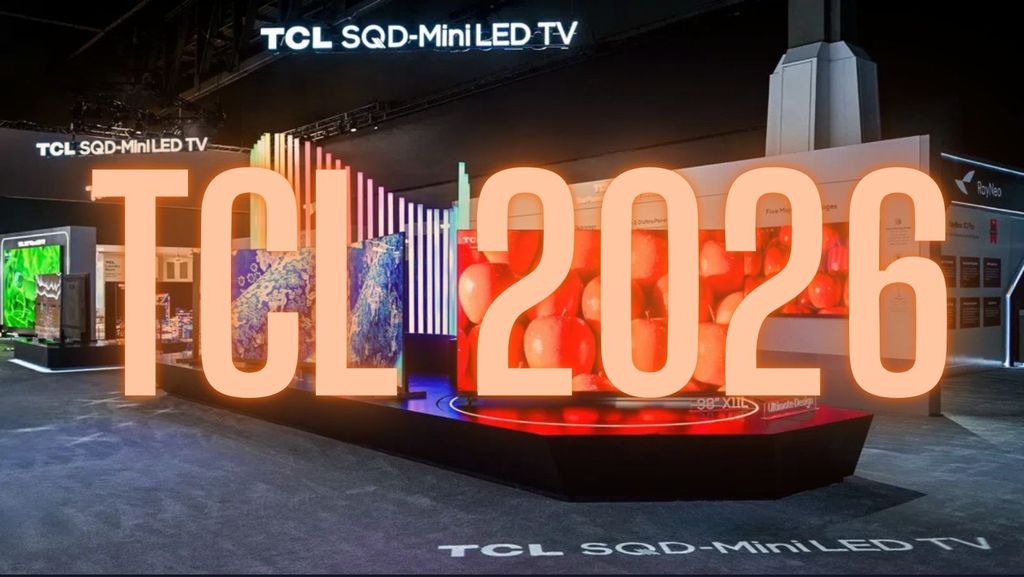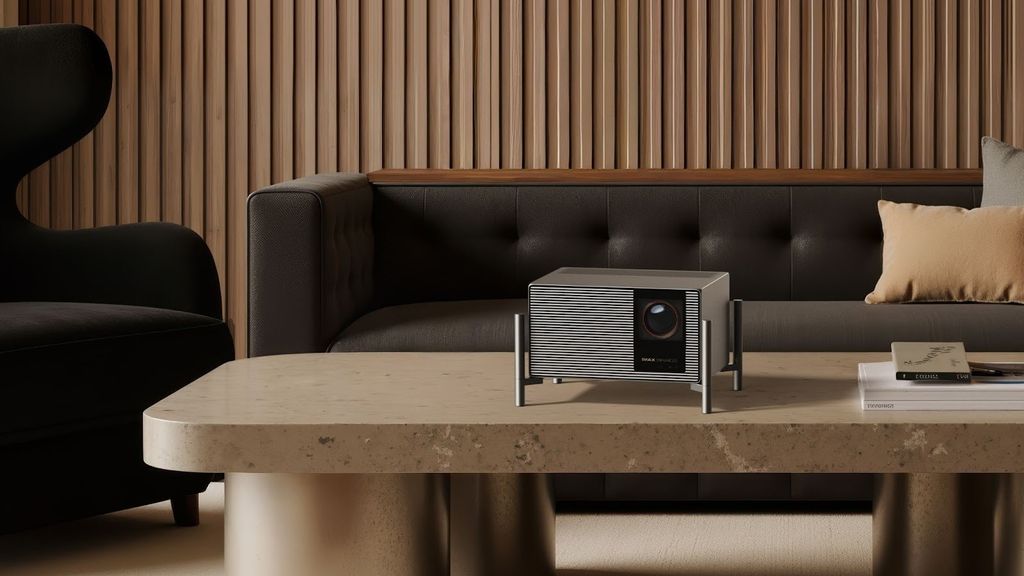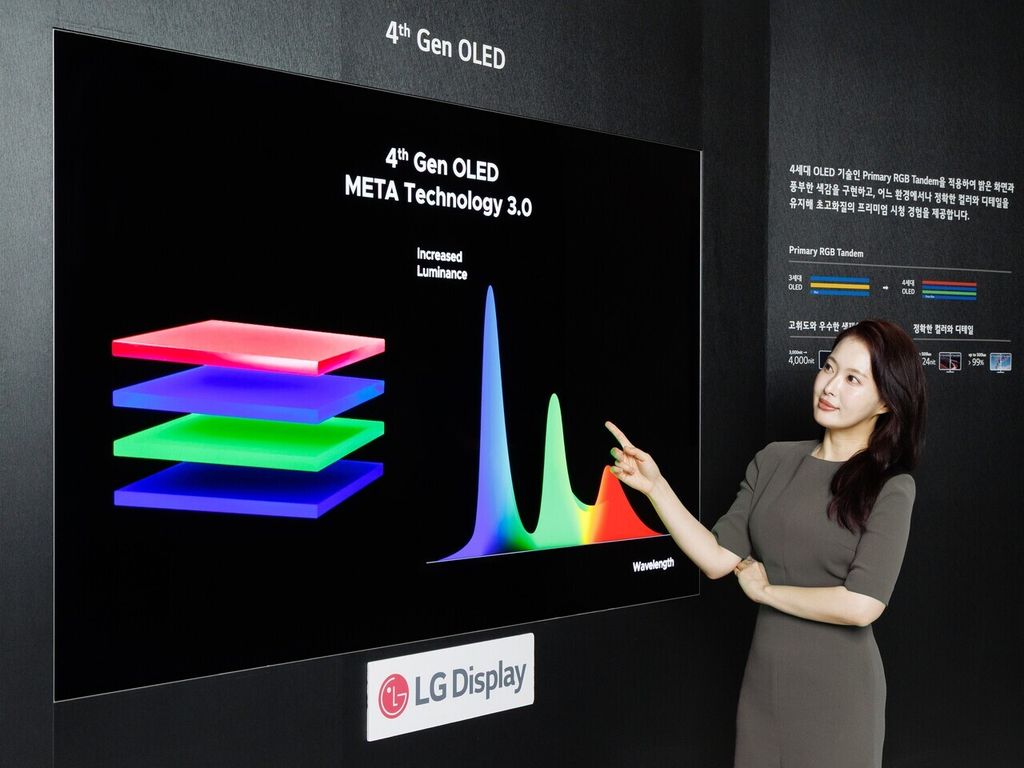
Are OLED televisions still too dim for bright living rooms? According to LG Display and the UL certification centre, no longer.
OLEDs still do not match the brightest miniLED LCD televisions, but both WOLED and QD-OLED have made significant strides in recent years.
Full-screen brightness – when the entire screen glows white – has increased from about 150 nits in the first OLEDs to around 350–400 nits in 2025 models such as the LG G5 (review) and Samsung S95F (review). That’s about 2.5 times more. Peak brightness in small areas of the image has also jumped – from 600 nits to over 2000 nits in calibration mode or even 3500 nits momentarily in dynamic mode.
Is this enough?
Although 400 nits in fullscreen white is still less than the 600–800 nits achieved by the brightest miniLED LCDs from brands such as Hisense or TCL, the more pertinent question is: is this enough?
According to LG Display – the manufacturer of all WOLED panels – it is. This is confirmed by certification from the global safety science company, UL Solutions, for the 4th generation RGB Tandem OLED panel, which has also received an anti-reflective coating.
“LG Display announced today that its fourth generation OLED panels have been verified by UL Solutions (…) for Perfect Reproduction technology at lighting levels of up to 500 lux, which corresponds to the brightness of a living room on a sunny day. In other words, these panels perfectly reproduce content at a visual level previously known only from cinema halls, even in the brightest living room,” LG Display reported.
Brightness and the Perception of Brightness
UL Solutions explains that this first-of-its-kind certification pertains to both colour reproduction and brightness in bright rooms – over 95% of the original 4K test images have been faithfully reproduced on the Tandem RGB OLED panels.
This follows the earlier verification by UL Solutions for Samsung Display (QD-OLED), which showed that an OLED with a brightness of 300 nits can perceptually correspond to an LCD with a brightness of 500 nits.
TV Models with RGB Tandem OLED
Model | Panel | System | HDR | Sizes | Price |
|---|---|---|---|---|---|
LG G5 – 4K OLED | WOLED (4-stack, no MLA), exception 97” | webOS 25 | – | 48”, 55”, 65”, 77”, 83”, 97” | £25,000 (97”), €30,000 (97”) |
Panasonic Z95B – 4K OLED | RGB Tandem OLED, ThermalFlow cooling | Fire TV | – | 55”, 65”, 77” | – |
Philips OLED910 – 4K OLED | WOLED (4-stack, no MLA) | Google TV 14 | Dolby Vision | 55”, 65”, 77” | £2,200 (65”), £3,340 (77”) |
Philips OLED950 – 4K OLED | WOLED (4-stack, no MLA) | Google TV 14 | Dolby Vision | 65”, 77” | £2,800 (65”), £3,400 (77”) |
If you want to learn more about the capabilities and picture quality, we invite you to our full reviews of the LG G5 and Philips OLED910 models!
Source: flatpanelshd
 Katarzyna Petru
Katarzyna Petru